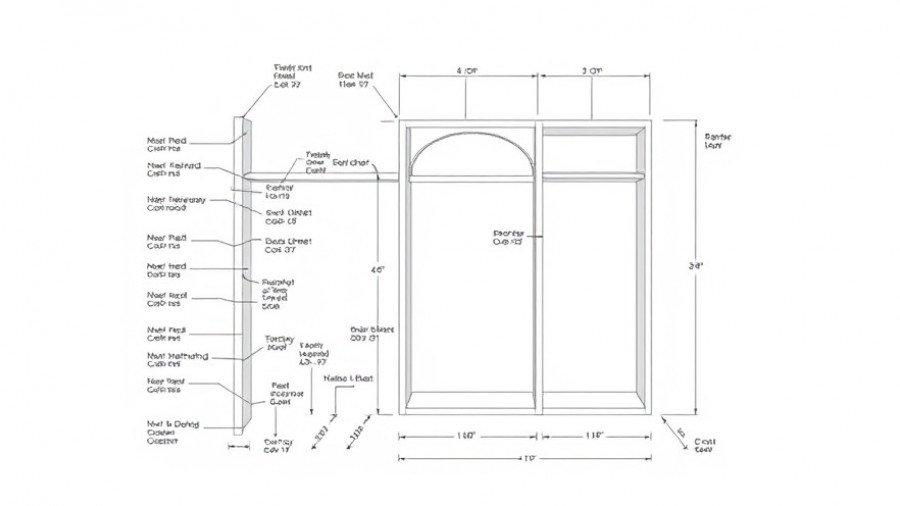
Transform Your Entryway: Build the Hall Tree of Your Dreams
Entryways are the first impression your home makes, and a sophisticated hall tree can offer both style and functionality. In this guide, we’ll delve into constructing the elegant entryway hall tree you’ve always wanted.
Understanding the Hall Tree Concept
The concept of a hall tree goes beyond mere aesthetics; it’s about creating a space where functionality meets design. Hall trees typically feature a bench for sitting, storage options for shoes and outerwear, and hooks for accessories. They serve as the transitional space between the outside and inside of your home, allowing for organization and style.
The Benefits of a Functional Entryway
A well-designed hall tree not only provides a place to hang coats and store shoes but also reduces clutter and enhances your home’s visual appeal. With endless customization options—from color and material choices to additional features like drawers or cubbies—each homeowner can tailor the design to perfectly fit their lifestyle.
Your Blueprint to Building a Modern Hall Tree
Constructing your own hall tree is not just rewarding but offers the chance to create a piece that seamlessly fits your entryway. With some essential tools and materials—like plywood, a drill, and a saw—you can transform your vision into reality. A good estimate for material costs hovers around $200, making this a budget-friendly option compared to store-bought alternatives.
Essential Tools and Materials You'll Need
Before you start your DIY project, gather the following tools:
- Circular Saw
- Drill/Driver
- Belt Sander
- Pocket Hole Jig
- Brad Nailer
These are vital in ensuring precision and ease during construction. You will also need materials such as high-quality plywood and solid wood for durability and aesthetic appeal.
Step-by-Step Instructions to Get You Going
The process begins with planning and measuring your space accurately. The step-by-step building guide includes making cuts for plywood, assembling the frame accurately, adding a back panel for stability, and incorporating shelves or hooks to maximize function.
For example, creating customizable compartments for shoes or bags can help maintain an organized space. Using a wipe-on polyurethane finish enhances the wood's natural beauty while providing protection.
Design Tips for Personalization
Embrace creativity in your hall tree design. Depending on your aesthetic—be it modern, rustic, or farmhouse style—alter the trim, colors, and even the layout. Adding crown molding or decorative hooks can elevate your hall tree from functional to fabulous.
Moreover, consider creating space for more significant items like umbrellas or winter gear. Think about integrating interchangeable decor to modify the look seasonally.
Conclusion: Get Building!
Now that you have the inspiration and a basic guide to building your entryway hall tree, it’s time to gather your tools and materials and get started. There's no better way to enhance your home's first impression than with a beautifully crafted hall tree that reflects your personal style.
Start your DIY journey today and take the first steps toward transforming your entryway into a functional and stylish space. Happy building!
 Add Row
Add Row  Add
Add 



Write A Comment